Optimal Timing for Insulation Replacement
Spring offers moderate weather, making it suitable for insulation work without extreme temperatures. It allows for thorough installation before peak cooling or heating seasons.
Fall provides cooler temperatures that facilitate insulation installation, helping to prepare properties for winter and improve energy efficiency during colder months.
Extreme heat or cold can hinder proper installation and curing, leading to less effective insulation. Scheduling during milder months is recommended.
Ideal weather conditions include dry, mild temperatures with low humidity, ensuring materials adhere properly and installation remains effective.
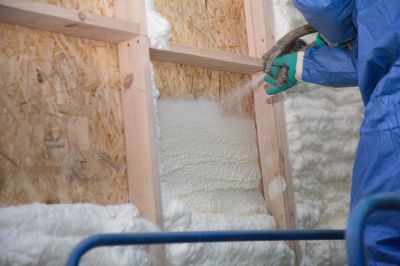
Ways to make Insulation Replacements work in tight or awkward layouts.
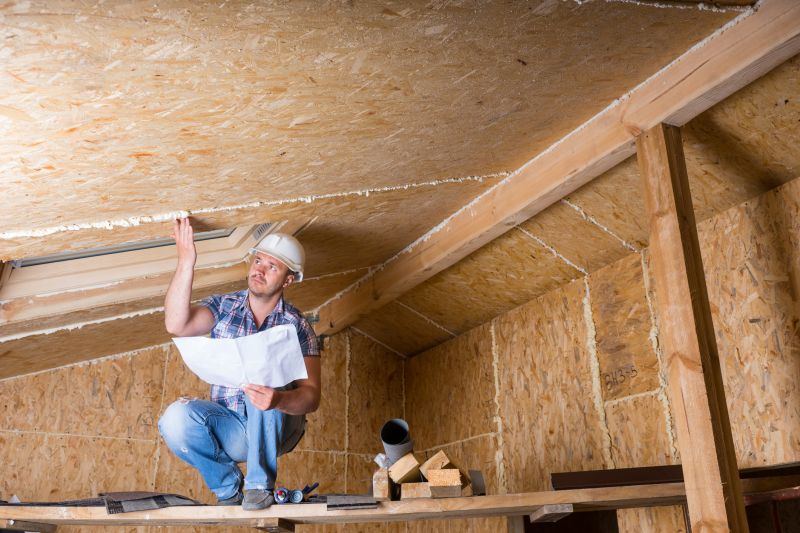
Popular materials for Insulation Replacements and why they hold up over time.
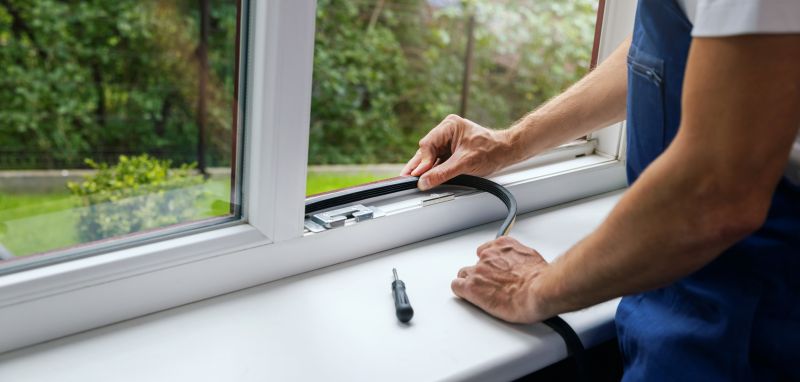
Simple add-ons that improve Insulation Replacements without blowing the budget.
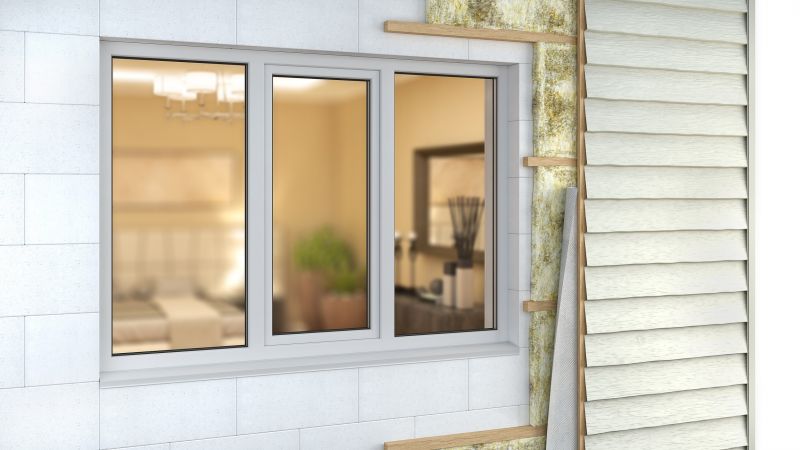
High-end options that actually feel worth it for Insulation Replacements.
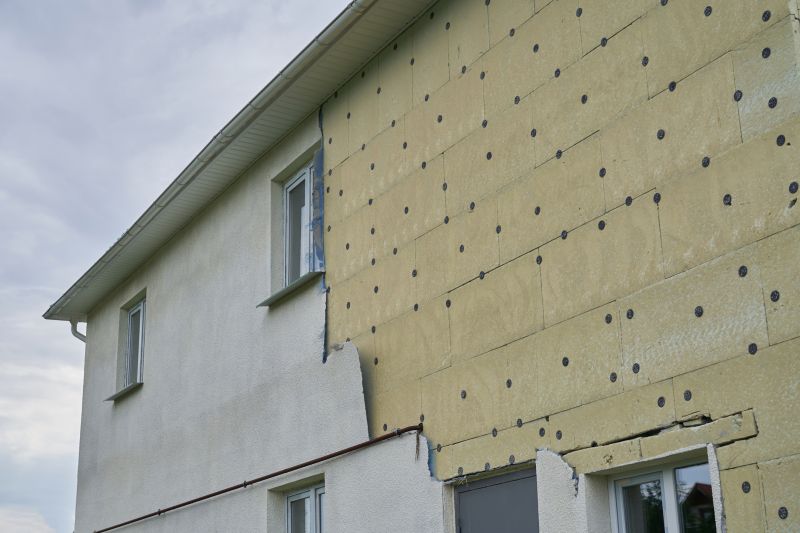
Finishes and colors that play nicely with Insulation Replacements.
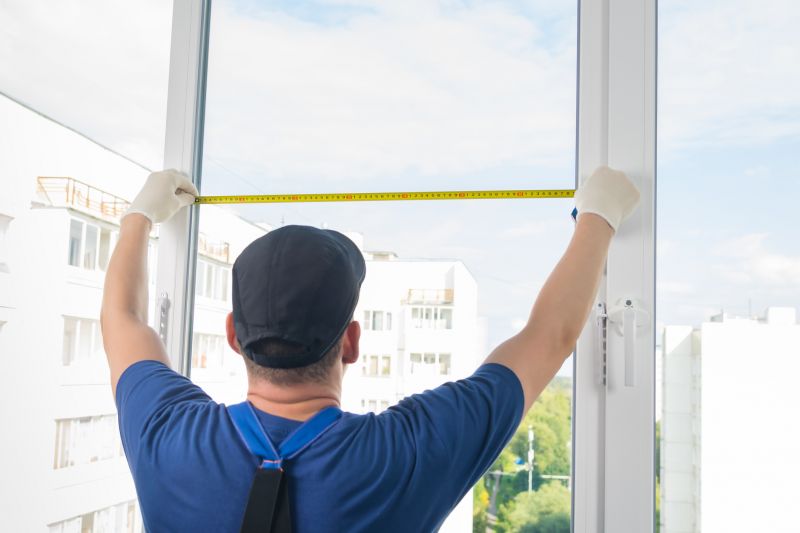
Little measurements that prevent headaches on Insulation Replacements day.
Insulation replacements are a critical component of maintaining energy efficiency within a property. Properly installed insulation reduces energy loss, lowers utility bills, and enhances indoor comfort. The timing of replacement can significantly impact the effectiveness of the insulation, with seasonal considerations playing a key role. For example, replacing insulation during mild weather ensures optimal installation conditions, minimizing the risk of material issues or improper curing. Additionally, scheduling insulation upgrades before extreme weather seasons can prevent energy waste and prepare a building for temperature fluctuations.
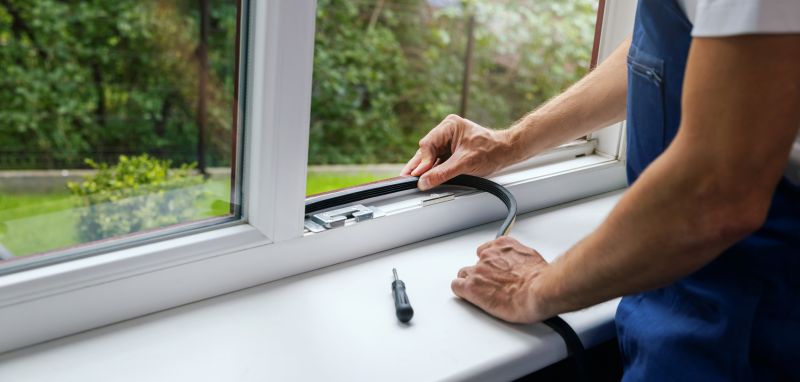
A 60-second routine that keeps Insulation Replacements looking new.

A frequent mistake in Insulation Replacements and how to dodge it.
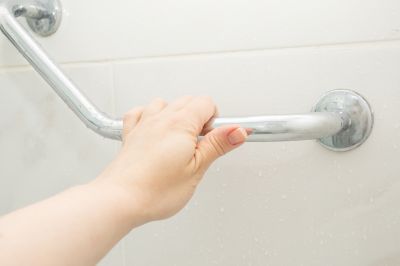
Small tweaks to make Insulation Replacements safer and easier to use.

Lower-waste or water-saving choices for Insulation Replacements.
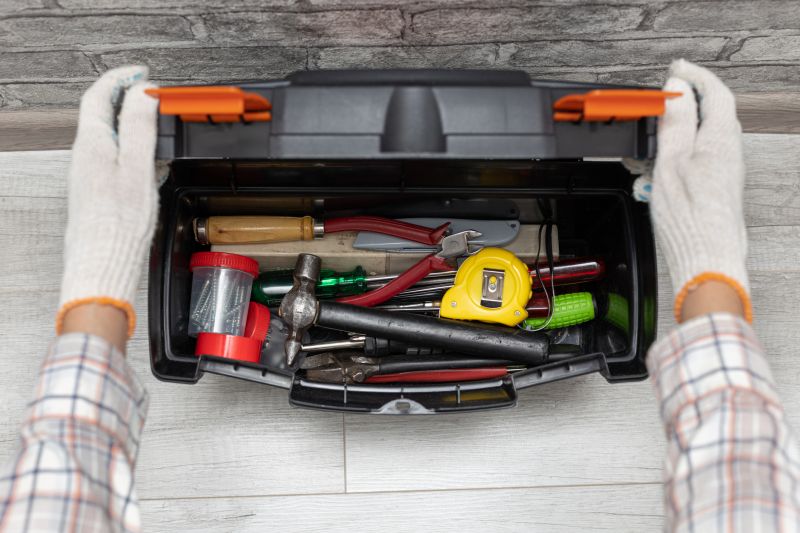
The short, realistic tool list for quality Insulation Replacements.
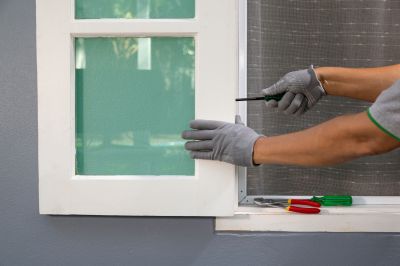
Rough timing from prep to clean-up for Insulation Replacements.
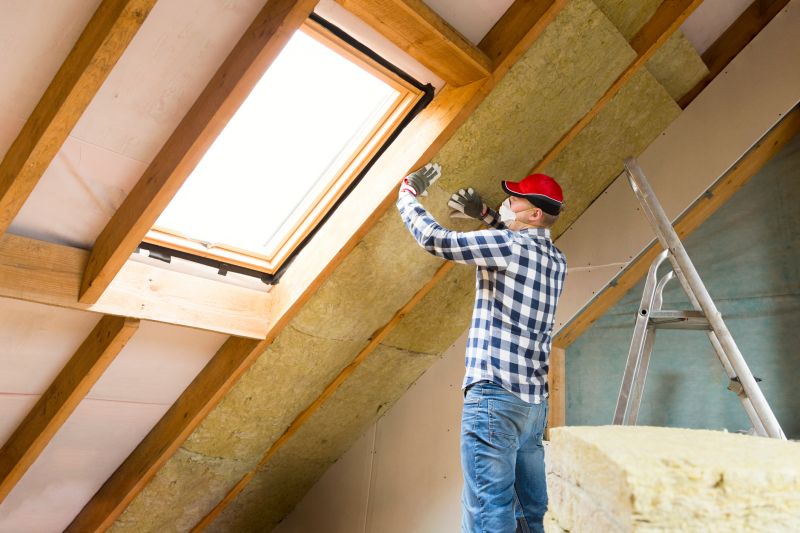
Quick checks and paperwork to keep after Insulation Replacements.

Examples that show the impact a good Insulation Replacements can make.
| Season | Recommended Timing |
|---|---|
| Spring | Ideal for moderate weather, before peak cooling season |
| Summer | Generally not recommended due to high temperatures |
| Fall | Optimal for preparing for winter and cooler temperatures |
| Winter | Not suitable for insulation replacement due to extreme cold |
| Regional Variations | Timing depends on local climate and weather patterns |
Choosing the right time for insulation replacement depends on regional climate, current weather conditions, and specific property needs. Planning during favorable seasons ensures better installation quality and long-term performance. Proper timing also minimizes disruptions and allows for more efficient scheduling of professional services. If considering insulation upgrades, it is advisable to evaluate local weather patterns and consult with insulation specialists to determine the most suitable period.
Interested in upgrading insulation? Filling out the contact form provides an opportunity to discuss timing options and receive tailored recommendations based on specific property requirements. Proper planning ensures insulation replacements are performed under optimal conditions for maximum effectiveness.
